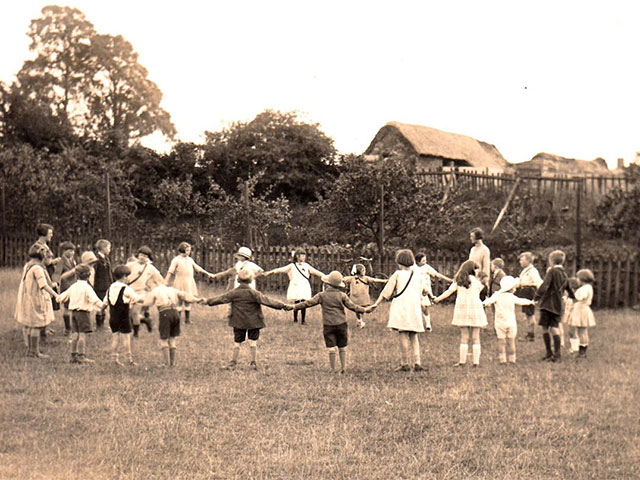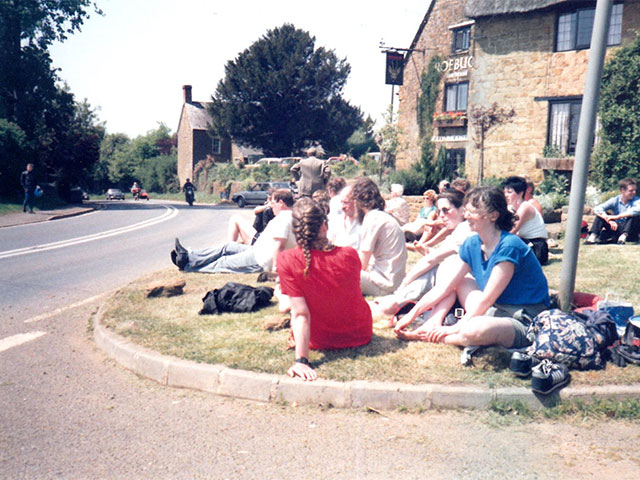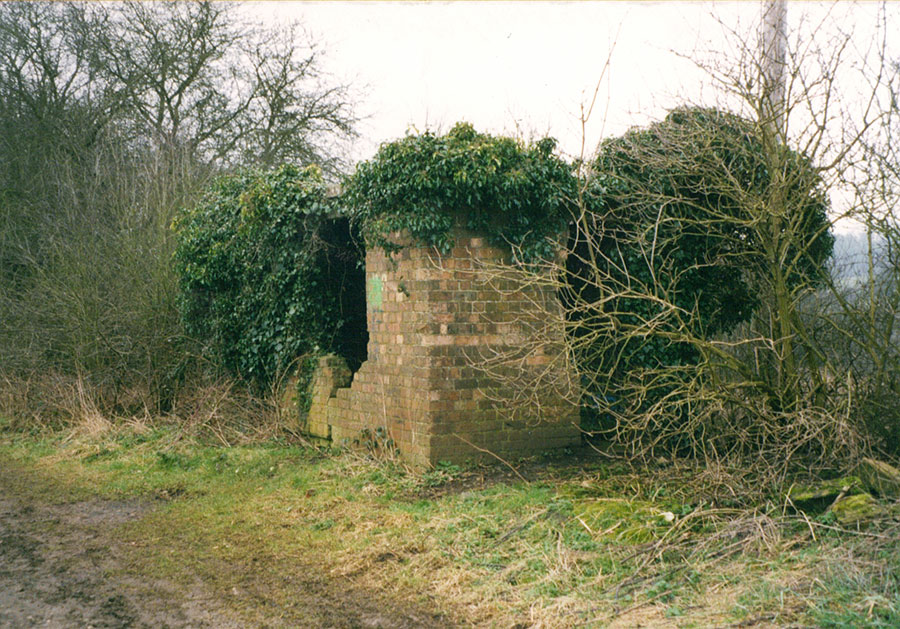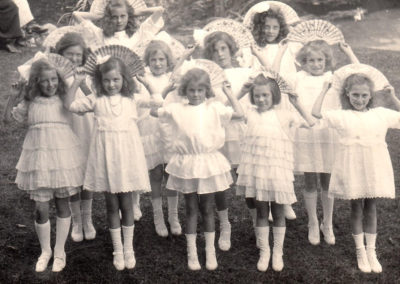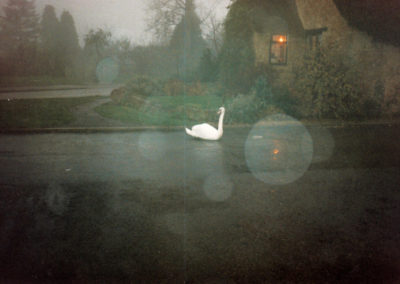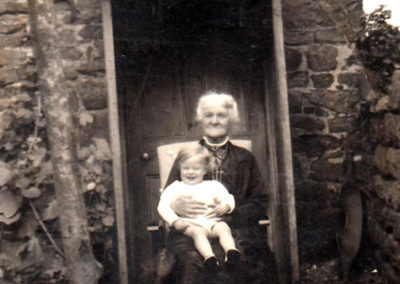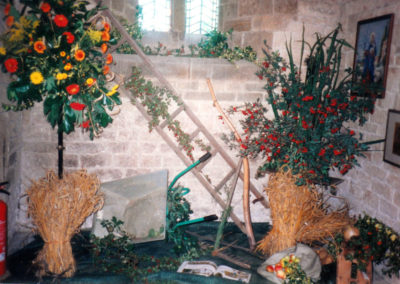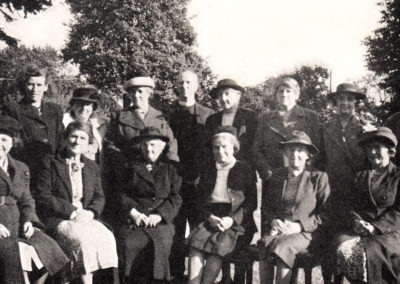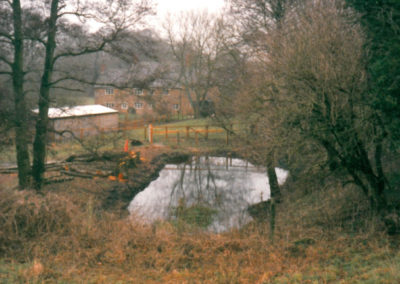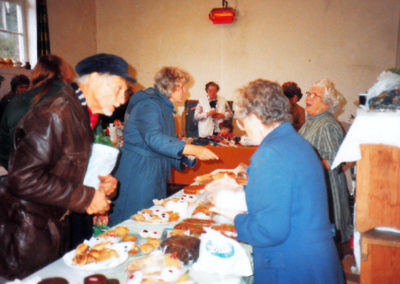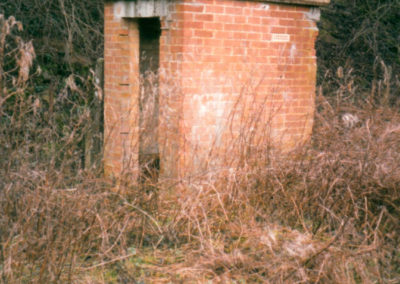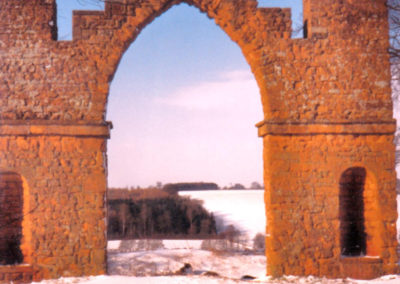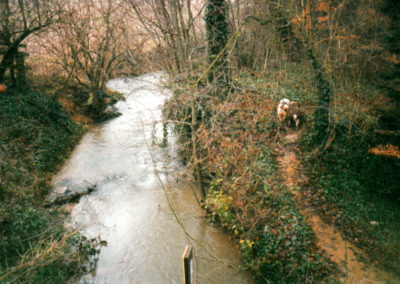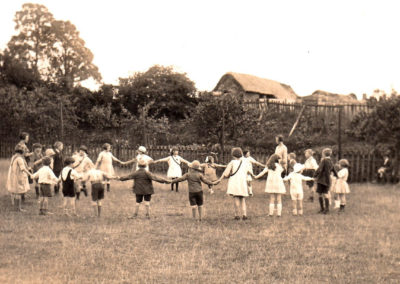drayton village
History
The Domesday Book records that in 1086 Drayton had a water mill, presumably on Sor Brook on the western boundary of the parish just below the village. There is then a gap of five centuries in which no mill is recorded, but records resume with a mill operating in the parish from 1589 until 1851.
A parsonage was built in Drayton in the 16th century. In 1862 it was replaced by a large new rectory built on the same site by the architect Arthur Blomfield but the Victorian house retains cellars built in the 17th century.
public houses
Drayton’s earliest recorded public houses were licensed from 1753. By 1782 the village had two pubs, the Hare and Hounds and the Roebuck Inn. The last record of the Hare and Hounds is from 1806, but the Roebuck Inn continues to trade. It is a 17th-century Hornton Stone building with a thatched roof, and is controlled by the local Hook Norton Brewery.
Thomas Webb had enclosed some of Drayton’s farmland when he bought the manor from Lewis Greville in 1565, but the villagers farmed most of the parish on an open field system until it was enclosed in 1802.
ironstone railway
Oxfordshire Ironstone Railway’s permanent way hut (known as a P-hut) at Drayton in 2005. A P-hut was used by track maintenance staff. At the far right is a pile of rubble where a signal post used to be.
The Oxfordshire Ironstone Railway was built during the First World War to carry ironstone from a quarry west of Horley to a junction with the Great Western Railway just north of Banbury. The ironstone railway passed just north of Drayton. It was opened in 1917 and closed in 1967.

